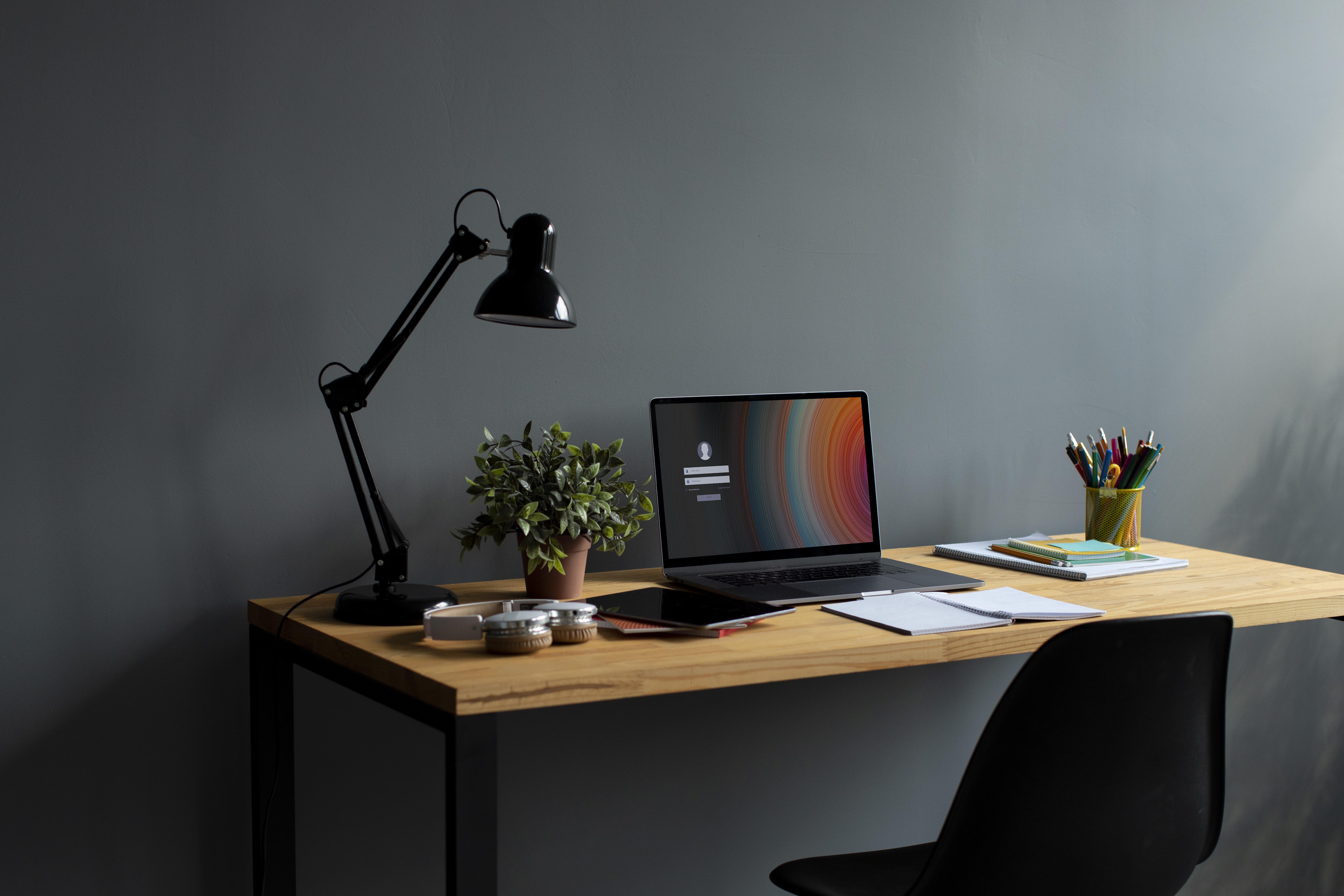
Introduction
Diabetes is a disease that affects a lot of people around the world. One of the complications associated with diabetes is diabetic nerve pain, also known as diabetic neuropathy. Diabetic nerve pain is caused by damage to the nerves due to high blood sugar levels. Continuous glucose monitoring (CGM) is a technology that allows patients with diabetes to monitor their blood glucose levels in real-time. In this article, we will explore the relationship between diabetic nerve pain and CGM and how patients can use CGM to better manage their condition.
Diabetic Nerve Pain
Diabetic nerve pain is a condition that occurs when high blood sugar levels damage the nerves in the body. The risk of developing diabetic nerve pain increases with the duration of diabetes, and poor blood sugar control. Other factors such as smoking and high blood pressure can also contribute to this pain. Symptoms of diabetic nerve pain include numbness, tingling, burning sensations, and muscle weakness. If left untreated, diabetic nerve pain can lead to foot ulcers, infections, and even amputations.
The importance of proper management of diabetic nerve pain cannot be overstated. Patients with diabetes should aim to keep their blood sugar levels within the recommended range, follow a healthy diet, exercise regularly, and take any prescribed medications. Additionally, patients should report any symptoms of diabetic nerve pain to their healthcare provider promptly.
Continuous Glucose Monitoring (CGM)
CGM is a technology that allows patients with diabetes to monitor their blood glucose levels continuously. CGM devices are small sensors that are placed under the skin to measure glucose levels in the interstitial fluid. The sensor sends glucose readings to a receiver or a smartphone app, which allows patients to monitor their glucose levels in real-time.
There are different types of CGM devices available in the market. They include standalone devices and devices that are integrated into insulin pumps. CGM devices have several benefits for patients with diabetes, including fewer hypoglycemic events, and improved quality of life. In 2023, G7 Dexcom and Freestyle Libre 3 are included in the most popular CGM devices available in the market. They both can be highly beneficial in treating your diabetes. If you want to buy a freestyle Libre 3 sensor online, you can visit numerous online vendors in this regard.
Diabetic Nerve Pain and CGM
There is a relationship between diabetic nerve pain and blood glucose levels. High blood sugar levels can cause nerve damage, which can lead to diabetic nerve pain. CGM can help patients with diabetes manage their blood glucose levels better, thus reducing the risk of developing diabetic nerve pain.
Studies have shown that patients who use CGM have better glycemic control and fewer hypoglycemic events. This can help prevent or delay the onset of diabetic nerve pain. Additionally, CGM can help patients with diabetic nerve pain manage their symptoms by providing real-time glucose readings, which can help patients make more informed decisions about their treatment and self-care.
Patients with diabetes need to monitor their glucose levels regularly to prevent or manage diabetic nerve pain. CGM can help patients achieve this goal by providing continuous glucose readings and alerts for high or low glucose levels.
Tips for Using CGM to Manage Diabetic Nerve Pain
When it comes to managing diabetic nerve pain, the proper use of a continuous glucose monitoring (CGM) device can be an invaluable tool. However, patients must use their CGM device correctly to ensure accurate readings.
One of the most critical aspects of using a CGM device is proper placement and calibration. Patients should carefully follow the instructions provided by the device manufacturer or healthcare provider. This will help to ensure that the glucose readings provided by the device are as accurate as possible. It is essential for the effective management of diabetic nerve pain.
In addition to proper placement and calibration, patients should also learn how to interpret the data provided by this device. This includes understanding how to read the graphs and charts that show their glucose levels over time, as well as how to identify trends and patterns in their glucose readings. By learning to interpret this data, patients can make informed decisions about their treatment and self-care, such as adjusting their medication or diet to better manage their blood sugar levels.
Another important aspect of using a CGM device to manage diabetic nerve pain is regular communication with a healthcare provider. Patients should share their CGM data with their healthcare provider regularly and discuss any symptoms of diabetic nerve pain that they are experiencing. This will help the healthcare provider to make more informed decisions about treatment and management strategies and may help to identify potential complications or issues before they become more serious.
Conclusion
Diabetic nerve pain is a common complication of diabetes that can have serious consequences if left untreated. CGM is a technology that can help patients with diabetes manage their blood glucose levels better, thus reducing the risk of developing diabetic nerve pain. Patients with diabetes should consider using CGM as part of their diabetes management plan and work with their healthcare provider to achieve better glycemic control and prevent or manage diabetic nerve pain.




